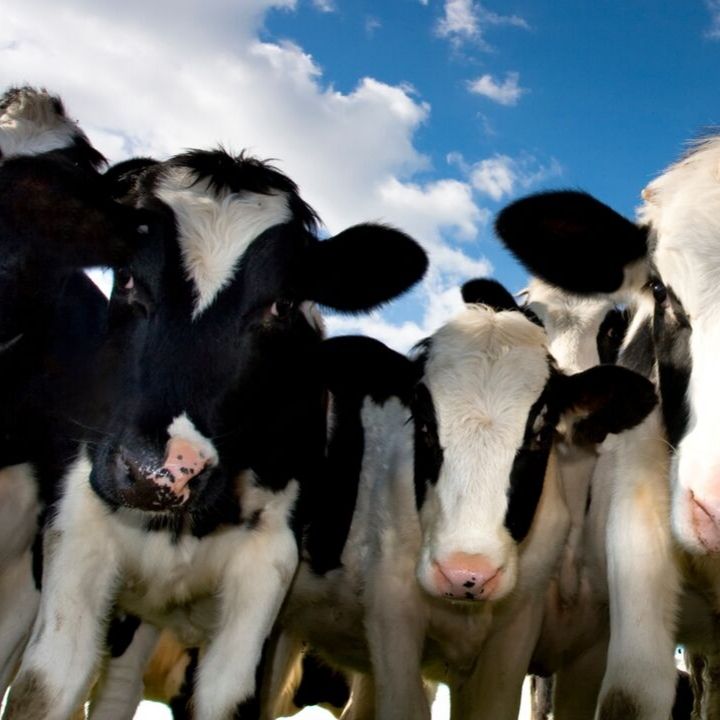A Whole Systems View of Supply Management – Part II
July 20, 2018 | Suzanne Armstrong

Recent media debate around supply management of dairy often takes a reductionist approach by comparing the shelf price of milk in other countries. But this is far too simplified a way of trying to compare complex differences between complete systems of producing and marketing milk.
The CFFO prides itself on considering agricultural issues not only from an economic perspective, but from the triple bottom line. Last week’s commentary considered the social impacts of Canada’s supply management system, and this week we will examine its environmental impacts.
The current debate about supply management in the context of NAFTA negotiations has raised speculation about what Canadian dairy might look like without supply management. For example, University of Minnesota economist Marin Bozic has said, “if Canada were to get rid of its supply management program, some dairies in that country likely would go out of business. However, others would expand and new dairies may start up…We could see a lot more cows in Canada.”
What might “a lot more cows” mean environmentally in Canada? To consider this question, it is interesting to compare Canada with New Zealand, a small country that is currently competing in the global export dairy market.
Canada’s dairy system focuses on producing for the domestic market. We have a total population of dairy cows (milking and heifers) of just under 1.4 million, about one milking cow for every 37 people. New Zealand has a total dairy cow population (milking and heifers) of 6.5 million cows—slightly more than one milking cow per person. The average size of a dairy farm in New Zealand is 414 cows, compared to the average size in Canada of 73 cows. It is interesting to note that Canadian cows are actuallyabout twice as efficient at producing milk, producing roughly 8,500L per cow per year, compared to New Zealand’s 4,259L per cow per year.
This large New Zealand dairy herd concentrated in a small landmass is having significant environmental impacts on the country. The industry gained a reputation as “dirty dairy” and has been working to improve both environmental standards and compliance of dairy farmers for a number of years, especially around water quality.
Our more efficient cows in much smaller herds over a larger landscape significantly reduce the environmental impact of our dairy production system, making it much easier and less costly for farmers to meet the high environmental standards set by general legislation and the dairy sector itself.
There are, of course, other significant environmental benefits that result from the overall system of supply management, such as reduced food waste, better soil health, and reduced greenhouse gas emissions. Even economic factors, like farm business debt (extremely high in New Zealand), also naturally affect farmers’ ability and willingness to invest in on-farm environmental improvements.
Economic, environmental and social impacts are always closely interconnected. The economic and social implications of our broader systems of producing, trading and marketing dairy also lead to significantly different environmental impacts. When considering the benefits and costs of supply management, it is important to look beyond price per litre on the shelf to the bigger picture of the overall economic, social and environmental impacts of the system as a whole.
Suzanne Armstrong is Director of Policy & Research for the Christian Farmers Federation of Ontario. The CFFO Commentary represents the opinions of the writer and does not necessarily represent CFFO policy. The CFFO Commentary is heard weekly on CFCO Chatham, CKXFM Chatham, and CKNX Wingham. It is also archived on the CFFO website, www.christianfarmers.org. CFFO is supported by 4,000 family farmers across Ontario.
 Skip to main content
Skip to main content